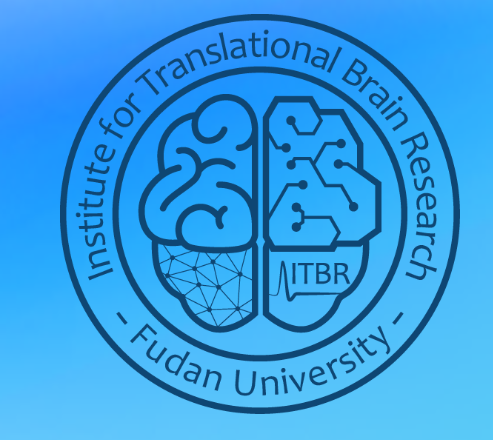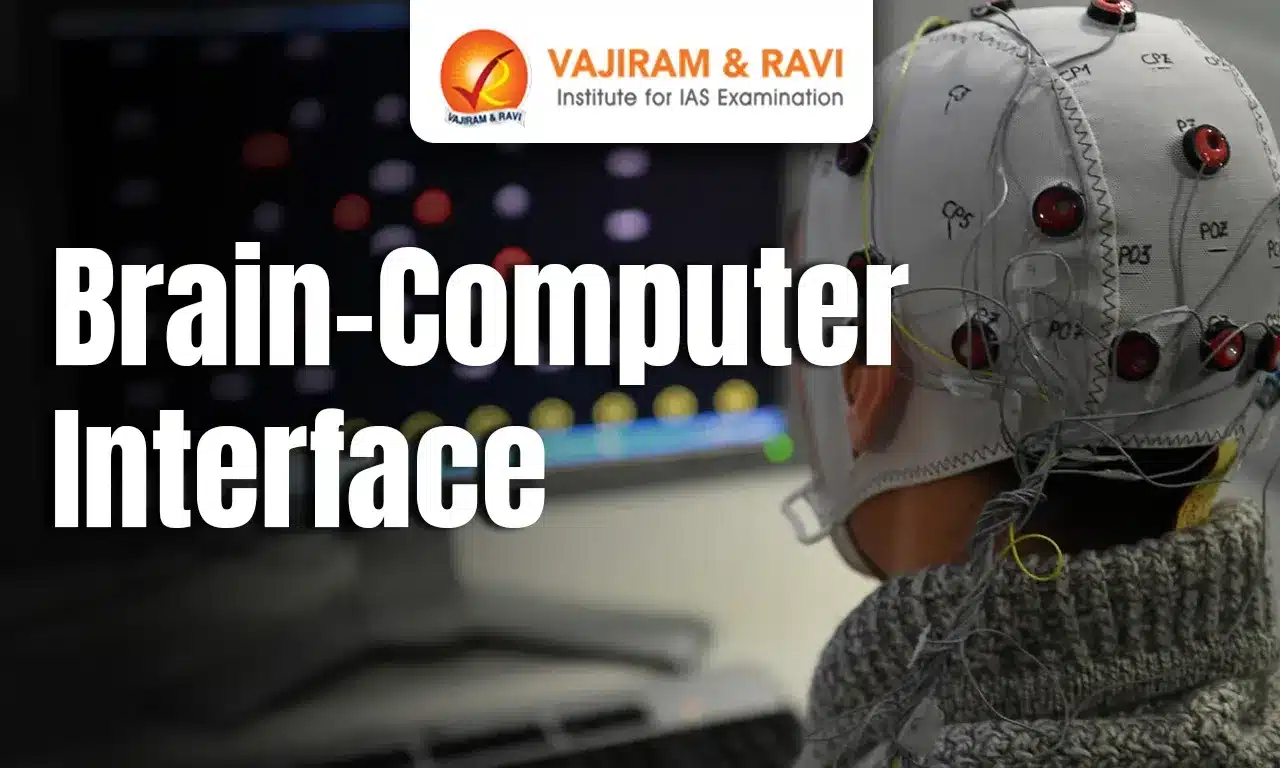What is the Synchron Brain-Computer Interface?
The Synchron brain-computer interface is a groundbreaking medical device designed to help people with severe paralysis, such as those affected by ALS (Amyotrophic Lateral Sclerosis), regain the ability to communicate and control digital devices. Unlike traditional brain implants, Synchron's device — called Stentrode — can be inserted via blood vessels, making it less invasive and more accessible. This innovation is shaking up the world of brain-computer interface technology, offering hope where options were once limited.
Why the Approval for ALS Clinical Trials is a Big Deal
The recent approval for Synchron brain-computer interface ALS trials is a major milestone. ALS, a neurodegenerative disease, progressively robs people of their ability to move and speak. Until now, most solutions have been cumbersome or experimental. With Synchron's device entering clinical trials, there is real potential for a scalable, user-friendly solution. This could mean greater independence, improved quality of life, and a new sense of connection for ALS patients worldwide.

How Does the Synchron Brain-Computer Interface Work?
Here is a step-by-step look at how this revolutionary brain-computer interface works for ALS patients:
Minimally Invasive Implantation: The Stentrode device is delivered through a blood vessel in the neck, guided to a vein near the motor cortex in the brain. This approach avoids open brain surgery and reduces recovery time.
Neural Signal Detection: Once in place, the device picks up electrical signals generated by neurons when the user thinks about moving a body part.
Signal Processing: These brain signals are wirelessly transmitted to a small receiver implanted in the chest, which processes and interprets them.
Device Communication: The processed signals are sent to a computer or tablet, allowing the user to control digital devices — like typing messages, browsing the web, or operating smart home tech.
Continuous Learning: The system adapts to the user's unique neural patterns, improving accuracy and responsiveness over time, making communication smoother and more intuitive.
Potential Impact on ALS Patients and Beyond ??
The Synchron brain-computer interface ALS trials could change the game for thousands of people. For ALS patients, this technology promises a new way to interact with the world, maintain relationships, and even pursue work or hobbies. But the impact does not stop there — the success of these trials could pave the way for broader applications, including stroke recovery, spinal cord injury, and other conditions where communication or movement is compromised.
What's Next for Brain-Computer Interface Innovation?
With the green light for clinical trials, all eyes are on the results. If successful, expect a wave of investment and research into brain-computer interface tech. Synchron's minimally invasive approach could become the gold standard, inspiring new devices and therapies. For now, the focus is on safety, efficacy, and real-world impact for ALS patients — but the possibilities are endless.
Conclusion: The Future of BCI Starts Now
The approval of the Synchron brain-computer interface ALS trials marks a turning point for both ALS care and the broader field of brain-computer interface research. As technology and medicine intersect, we are witnessing the dawn of a new era — one where thoughts can bridge gaps left by disease, and hope is powered by innovation. Stay tuned, because the future of BCI is just getting started!







